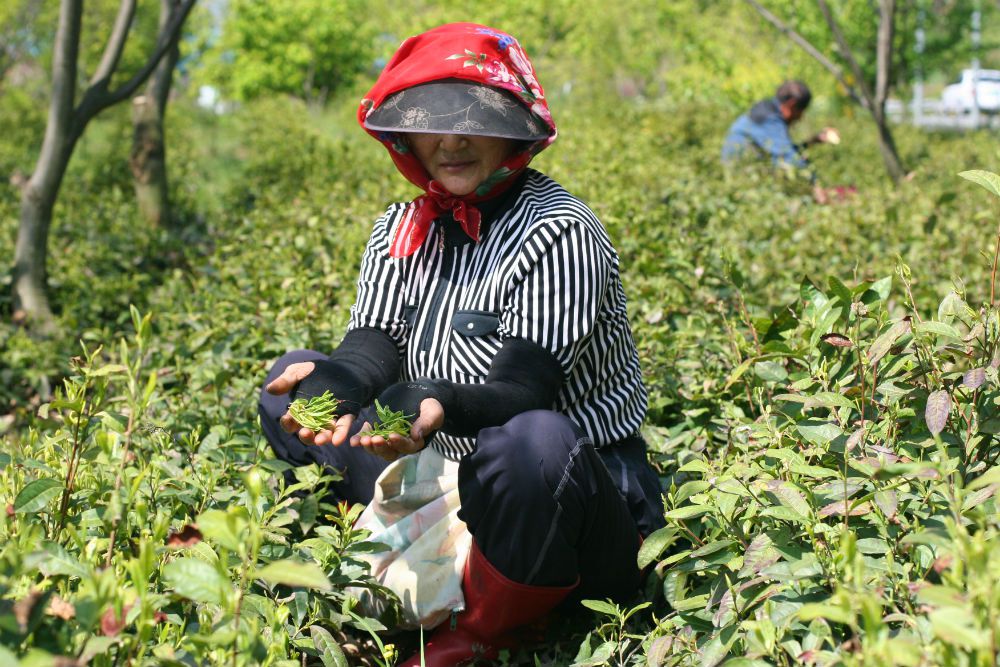We ship all over the world
A centuries-old tradition
Tea plants were first introduced in the 7th century, during the reign of the country’s first queen, Seondeok (632-647). Brought back by Korean monks who had gone to study the sacred texts of Buddha in China, tea became closely linked to the spread of Buddhism throughout the country, just as it did in Japan a century later.
It was during the Goryeo Dynasty (918-1392) that the practice of drinking tea spread from the monasteries to the royal palaces and then to society as a whole. It was also at this time that a ceremony – the “Dado” or way of tea – was created which ritualised the tea offering made to the Buddha.
The practice nevertheless waned during the long Joseon Dynasty (1392-1910), with wine tending to replace tea in ceremonies under the influence of Confucianism.

A unique, high-quality tea
With the majority of production intended for domestic consumption, Korean teas are prestigious and often very expensive. They are offered or drunk on special occasions and give rise to a refined ceremony inspired by the Dado.
With the exception of Jukro, these teas are exclusively green teas harvested in spring and produced according to a range of methods.
Farming areas
There are three tea production areas, all located in the south of the country.
- The historic region is in South Gyeongsang Province, around the village of Hadong. The oldest plantations in Korea are found near here, on the slopes of the Jirisan massif which culminates at an altitude of 1,915 metres.
- A little to the west is the district of Boseon, in South Jeolla Province.
- Finally, the most spectacular plantations can be found on the volcanic island of Jeju, home to Jejudo Imperial tea.

